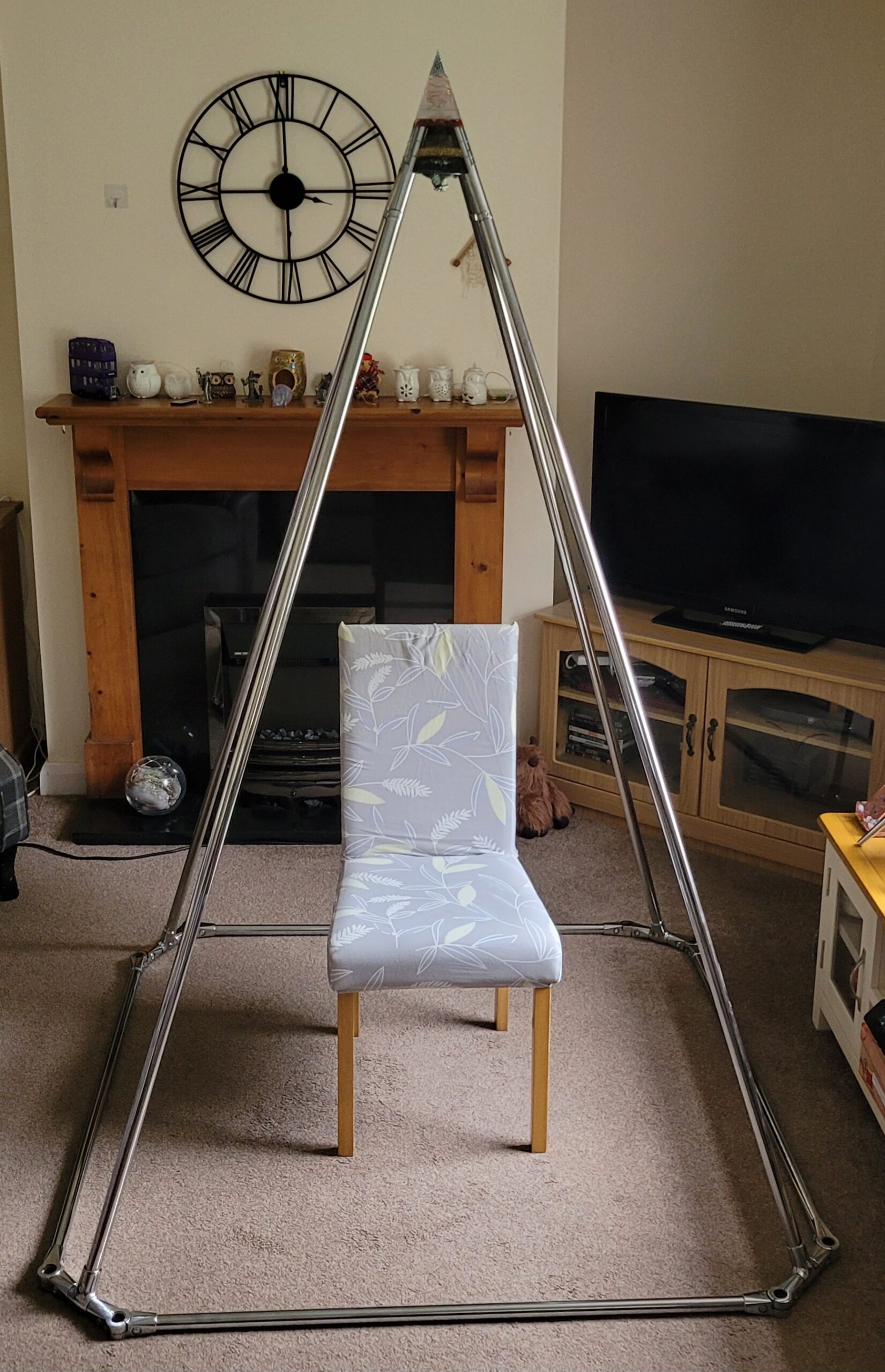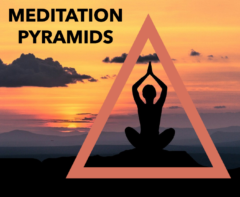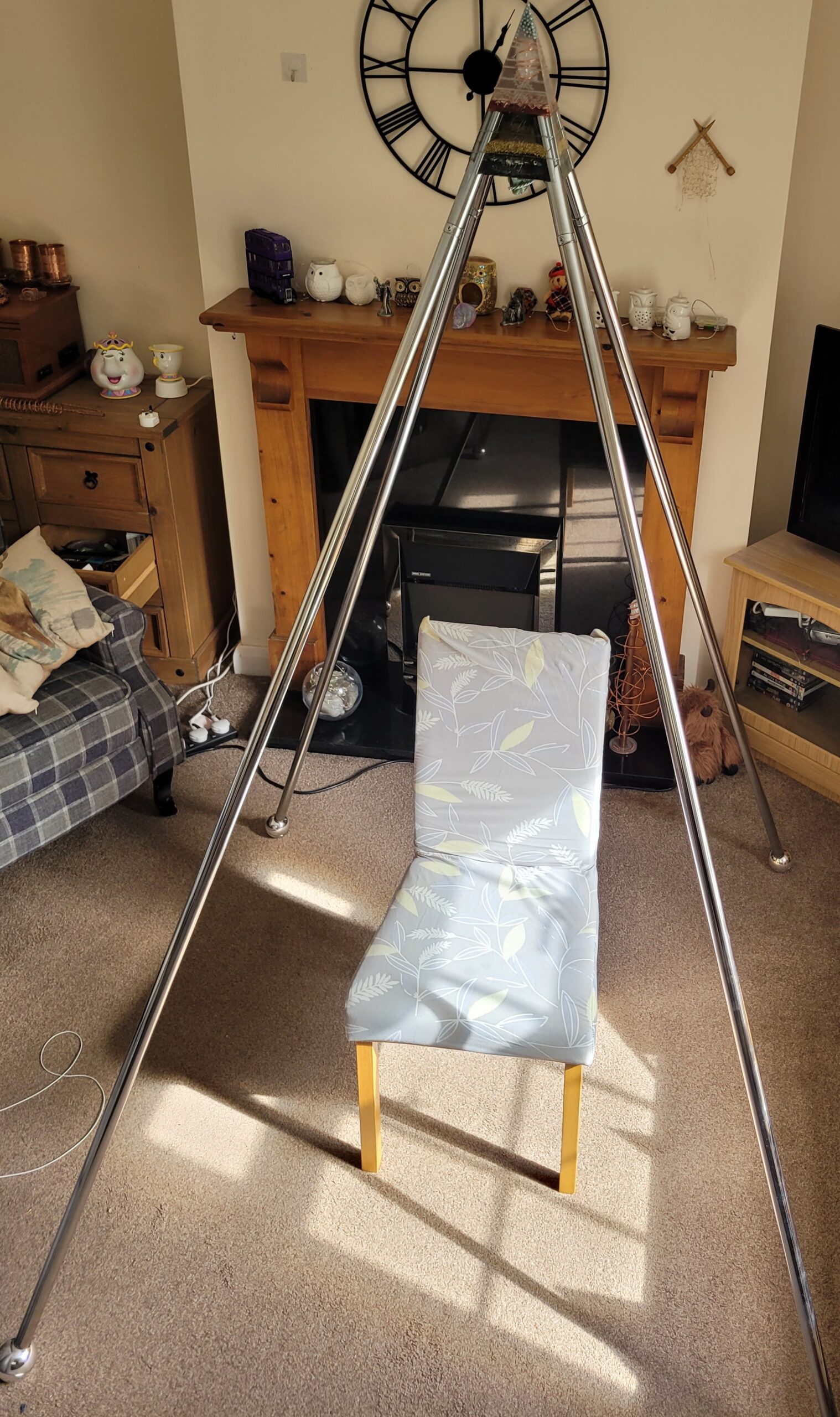The very start of meditation often raises more intriguing questions than straightforward answers. Meditation is all about reaching a calm state of mind where thoughts have the room to drift in and out without holding too tight. It’s a chance for your overworked brain to take a breather and regain some balance.

In meditation, bridging the gap between mind and body changes everything. It’s like tuning an old radio—once you get past the static, you find clarity and peace. When you meditate, you’re essentially tuning into your own frequency, learning to really listen to what your body’s been whispering all along.
Stepping into the world of meditation? It’s a marathon, not a sprint. Setting goals is your first step, like a roadmap to guide your journey. Do you want to reduce stress, focus better, or just carve out some ‘me time’? Keep your goals realistic to avoid an overwhelming start.
Creating a dedicated meditation space is more vital than most folks think. A quiet corner with comfy pillows and maybe some calming scents sets the scene perfectly. This space is your personal zen zone, where the noise of the world takes a backseat, and your mind finally gets to ride shotgun.
Decoding Pyramid Meditation: Tools and Techniques
Meditation isn’t limited to sitting in silence; integrating unique tools like meditation pyramids can power up your practice. These geometrically precise structures, often in copper or chrome, are used to amplify energy, enhancing the depth of meditation experiences.
When it comes to using pyramids, understanding the significance of their shape and material is key. Copper pyramids, especially favored, are said to conduct energy efficiently, aligning your energy centers for a more focused meditation session.
Starting your meditation under a pyramid can feel daunting, but kick things off by placing the pyramid where its open base encircles your space. Sit comfortably, close your eyes, and just breathe, letting your thoughts drift like clouds across the sky.
At the beginning, it’s normal to feel restless—the pyramid amplifies your awareness, making it seem like your mind is throwing a mini party. Instead of fighting it, acknowledge those thoughts and gently guide your focus back to your breath.
Navigating the initial discomfort is part of the journey. The pyramid’s energy functions as a gentle reminder for your mind to keep returning to the stillness within, where genuine tranquility awaits buoyed by the shape’s unique power.
Effectiveness of Pyramid Meditation: Does It Really Work?
The question that often pops up for anyone trying pyramid meditation is whether it actually delivers on its promises. Skepticism isn’t unusual; after all, we’re talking about tapping into unseen energies. Yet, there’s a surprising amount of anecdotal evidence suggesting it’s worth a shot.
Scientists have delved a bit into how pyramid structures affect us, and while the findings aren’t entirely conclusive, some studies hint at enhanced relaxation and focus experiences reported by users. The pyramid shape is said to concentrate energy, creating a conducive environment for meditation that many find beneficial.

Getting into the nuts and bolts, people who’ve given pyramid meditation a fair chance often talk about subtle but noticeable shifts. It’s like your mind gets a tune-up, offering clearer thoughts and smoother emotional highs and lows.
For anyone who feels like they’re not getting the most out of their pyramid sessions, it could be tackling typical obstacles like impatience or inability to fully relax. Patience, consistency, and maintaining an open mindset are key to unlocking its benefits. Remember, subtle changes add up.
Delving Into the Pyramid Meditation Experience
Pyramid meditation invites you into a world where thoughts come and go like waves, and self-discovery becomes an everyday adventure. It’s like peeling an onion, revealing deeper layers of thought and emotion, each session taking you further on a journey of introspection.
Inside that stillness, you’ll discover how your usual thought trains slow down, and you start observing them with a new perspective. This shift lets deeper insights rise to the surface, giving you the space to acknowledge and let go of what no longer serves you.
True magic happens when you align your inner world through this practice, setting the stage for emotional and mental harmony. Pyramids help by acting as a catalyst, enhancing your awareness and promoting lightness in both body and mind.
Every now and then, someone finds a life-changing aha moment here—a flash of insight that transforms how they see themselves and their place in the world. These aren’t just flukes; they’re the results of consistent practice and openness to change.
Self-transformation becomes attainable, marked by an increasing sense of inner peace. This isn’t just about finding relaxation, but about realigning with your core, making each step you take feel more intentional and right for you.


I have been meditating for a while now and have still not attained the stage where I can really feel peace and just focus on meditation. Whenever I close my eyes, many thoughts starts to come in. Most of the time these thoughts are troubles which I have not yet found solutions yet. It will be great and amazing if the pyramid really helps to improve meditation. However, I think it needs to be custom-made as I don’t see it sold anywhere else.
Hi Lynz, Thank you for the comment. I would suggest when meditating to try and stop your thoughts wondering, try this. I teach people to concentrate on manifesting something into your life while meditating. This servers two purposes, firstly it keeps your mind busy instead of wondering. Also, a huge bonus of this method is the fact during the meditation state you can actually achieve this manifestation into your life.
Kindest regards
Alan x
Hey Alan, just read this intriguing piece about meditation pyramids. I found it interesting that these structures supposedly act as ‘energy amplifiers’ during practice. While I’m naturally skeptical about some of the claims, the scientific studies hinting at enhanced relaxation caught my attention. Have you ever experimented with any meditation tools or structures? I’m curious about your thoughts on whether these physical aids make a difference, or if it’s more about the power of suggestion.
Eric
Hi Eric!
I’m glad you found the article intriguing—meditation pyramids certainly stir up curiosity with their energy-amplifying claims! I can completely understand the skepticism; it’s always healthy to approach these things with an open but critical mind.
I’ve personally experimented with a few meditation tools, including a meditation pyramid, and found that the experience did feel different compared to regular meditation. There are some fascinating studies out there suggesting that the unique angles in pyramid structures might concentrate the Earth’s natural energies, which can help with relaxation and focus. Some people feel an immediate effect, while others attribute it to the power of suggestion. I think both factors can play a role—our mindset going in often enhances our experience. That said, there are many who swear by the extra boost they feel from these structures, especially when combined with tools like an orgonite apex, which is thought to harmonize EMFs.
In the end, I think it comes down to finding what works best for each person. Tools like pyramids can create a more immersive experience, but ultimately, meditation is about tuning in to yourself, so it’s just as effective without the extras if you’re fully engaged. Thanks for sharing your thoughts!
Regards, Alan.
This article beautifully captures the journey of meditation, especially with the addition of pyramid meditation! I love the analogy of tuning an old radio—it’s such a relatable way to describe finding that perfect balance between mind and body.
The tips on creating your zone and easing into pyramid meditation with patience are super helpful for beginners like me. I appreciate the emphasis on starting small and letting the experience unfold naturally. It’s reassuring to know that the initial restlessness is just part of the process.
I’m inspired to try integrating a meditation pyramid into my practice. The idea of subtle, transformative shifts over time is exactly what I’m looking for. But it is looking like I will have to build a pyramid myself. The pyramids I am finding for sale are anywhere from $350 to $650. It seems to me you could build a decent one using copper plumbing pipes and copper plumbing adaptors. What do you think? Any ideas?
Thank you so much for your thoughtful comment and for sharing your journey with meditation! I’m thrilled to hear that the article resonated with you and inspired you to explore pyramid meditation. The analogy of tuning an old radio really does help make the process feel more approachable, especially when embracing the inevitable moments of restlessness.
Your idea of building your own pyramid is a fantastic one, and you’re absolutely right—it can be much more budget-friendly than purchasing one. Copper plumbing pipes and adaptors are excellent materials because they maintain the conductivity and energy-alignment properties that are essential for a meditation pyramid. Plus, building your own adds a personal touch, allowing you to craft something that truly aligns with your space and energy.
When constructing your pyramid, aim to follow the traditional pyramid proportions (like the Golden Ratio or 51.51-degree angles of the Great Pyramid of Giza) or 76 degree’s like the Nubian pyramids to maximize its energy-enhancing effects. You might also want to consider grounding it or placing specific crystals like quartz at the apex to amplify the energy flow.
If you’d like, I can help guide you through the DIY process or point you toward resources to make it easier. I’d love to hear how your project progresses—please keep us updated!